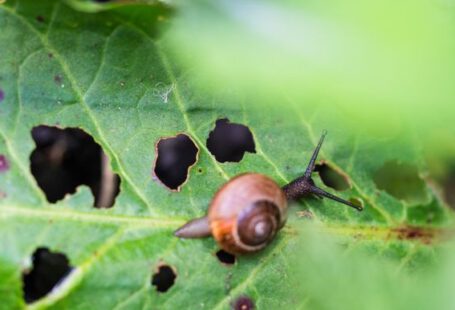Aeration is an essential lawn care practice that involves creating small holes in the soil to allow air, water, and nutrients to reach the grassroots effectively. This process helps in promoting a healthier and lusher lawn. However, timing is crucial when it comes to aerating your lawn. In this article, we will discuss when is the right time to aerate your lawn and why it is important.
Understanding the Basics of Lawn Aeration
Before we dive into the timing aspect, let’s quickly understand the basics of lawn aeration. Aeration is typically done using a machine called a core aerator, which extracts small plugs of soil from the ground. This process helps to alleviate compacted soil, improve soil drainage, and enhance the overall health of the grass.
The Importance of Timing
Timing plays a crucial role in the success of lawn aeration. Aerating your lawn at the right time ensures that the grass can recover and grow vigorously. Here are some factors to consider when determining the right time to aerate your lawn:
1. Grass Type
Different grass types have different growth patterns and ideal aeration timings. Warm-season grasses like Bermuda grass and Zoysia grass should be aerated in late spring or early summer when they are actively growing. On the other hand, cool-season grasses like Kentucky bluegrass and fescue should be aerated in early fall or spring when they are entering their peak growth phase.
2. Soil Moisture
Aeration is most effective when the soil is slightly moist but not overly saturated. It is important to avoid aerating your lawn when the soil is too dry or too wet. If the soil is too dry, the aerator may struggle to penetrate the ground, and if it is too wet, it can result in soil compaction.
3. Weather Conditions
It is best to aerate your lawn when the weather conditions are favorable for grass growth. Avoid aerating during extreme heat or drought, as the stress on the grass can hinder its ability to recover. Optimal temperatures for grass growth are typically between 60°F and 75°F.
4. Prioritize Fall Aeration
Fall is often considered the best time to aerate most lawns. As the summer heat subsides and temperatures start to cool down, the grass enters a period of vigorous growth. Aerating in the fall allows the grass to recover quickly and establish strong root systems before winter. It also helps to prevent thatch buildup and prepares the lawn for winter dormancy.
5. Consider Overseeding
If your lawn has bare patches or thin areas, consider overseeding in conjunction with aeration. Overseeding involves spreading grass seed over the existing lawn to promote thicker and healthier grass growth. Aeration creates the perfect environment for seed-to-soil contact, allowing the new grass seeds to establish themselves effectively.
In conclusion, the right time to aerate your lawn depends on various factors such as grass type, soil moisture, weather conditions, and your specific lawn’s needs. Understanding these factors and timing your aeration appropriately can greatly improve the health and appearance of your lawn. Remember, fall is often the ideal time for most lawns, but it’s important to assess your lawn’s specific requirements before proceeding with aeration. So, get ready to aerate your lawn at the right time and watch it thrive!





